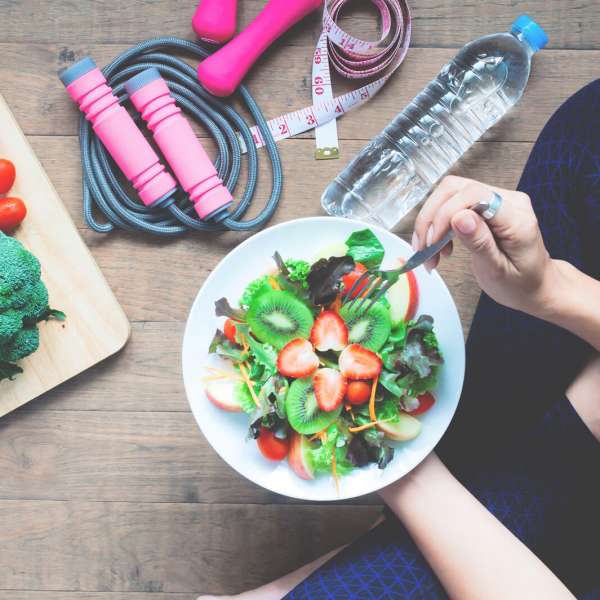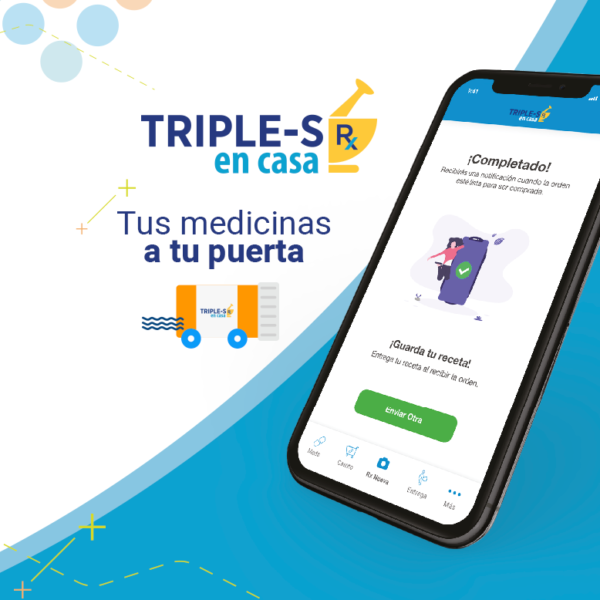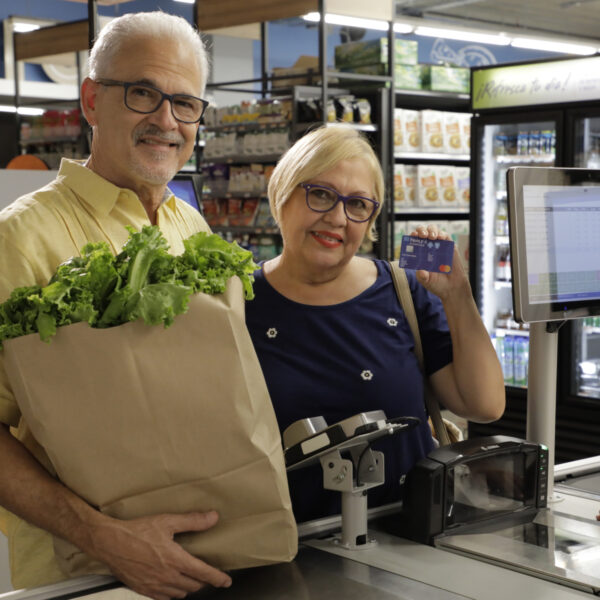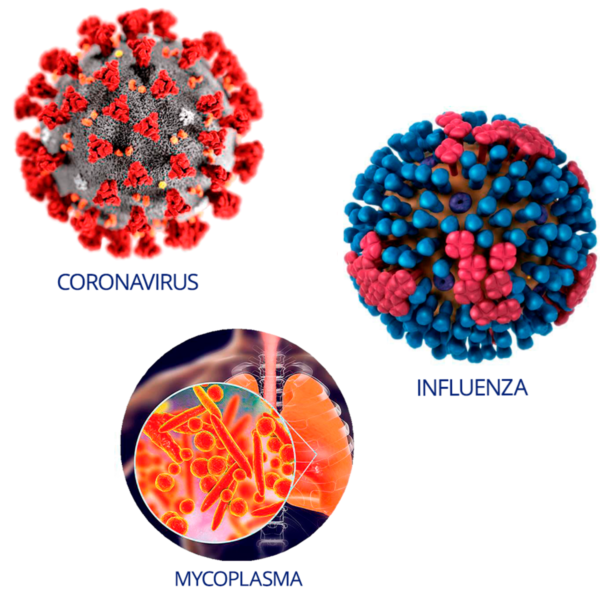By: Ilsia Mundo, Triple-S Health Educator
The Holidays are here!
It is a well-known fact that Puerto Rico is the country with the longest Christmas season in the world. However, our celebrations are not limited to getting together, dancing, and eating. This is also the traditional season to delight your loved ones with a gesture, a detail, or a gift, hoping for euphoric reactions from the kids, elated responses from the teenagers, and shows of affection and gratitude from the adults. The experience of giving and receiving is certainly the most anticipated release of satisfaction and feel-good hormones of the year.
Gifts are often the way we express our feelings or gratitude, and they can even commemorate a special occasion. But for those of us tasked with getting these gifts, it can be a bit stressful: we’re trying to find a gift that is appropriate and welcome, but also safe, uncontroversial, and incapable of triggering negative reactions. So, how about we make this task a safe, wholesome, and fun experience?
Let me share a few alternatives with you:
- Educational toys
These can help with motor, physical, cognitive, emotional, and even social development. They allow children to work on skills such as organization, decision-making, relationships, interactions with others, respect, and following rules. But it’s important to ensure that the toy is appropriate for the child’s age, skills, abilities, and interests.
Examples: building blocks, buckets, stuffed animals (colors, textures, and sounds), mazes, tricycles, costumes, puzzles, and racetrack sets, among others. - Board games
These games encourage positive changes and neuron growth in the brain. Playing them can help manage emotions, practice communication, and develop planning, organization, and decision-making strategies.
Examples: Memory, Guess Who?, Scrabble, ‘spot the difference’ puzzles, Dominoes, Chess, Mandala, and others. - Books
Books encourage reading, which in turn, helps exercise the mind and improves focus, attention, language skills, empathy, and perception, among other benefits.
Example: Storybooks that stimulate reading, activity books that lead to the development of creativity and problem solving. - Arts and crafts supplies
These can be used for different forms of expression through creativity. They can help improve communication, boost self-esteem, form individual opinions, improve coordination, and stimulate the senses.
Examples: Tools and supplies for drawing, sculpting, painting, origami, felt ornaments, soap, and more. - Clothes or accessories
Clothes are a reflection of the wearer’s personality, a form of non-verbal expression. They help in the search for identity, allowing the wearer to discover what makes them different. It also helps improve self-esteem and self-confidence.
Suggestion: Before you buy, find out sizes, likes, and dislikes, and preferences. Try to keep your selection simple or practical. - Sports equipment
Physical activity helps us feel better emotionally. It also helps us develop our motor skills, coordination, and self-regulation.
A few that come to mind include jump ropes, balls for a variety of sports, athletic apparel, bowling sets, and skates and bicycles, with their corresponding safety equipment, among others. - Musical instruments
These improve memory, attention, and learning abilities in subjects such as languages and math.
Examples: wind instruments, string instruments, percussion, and keyboards. - Experiences
These are a way to strengthen family bonds, get involved, and create memories. Suggestions include going to the movies, planning excursions or trips, tickets to a museum or concert, paying for a class that may interest them (art, sports, music, cooking, gardening), or preparing healthy meals, among others.
Giving gifts lets us think about the people we are giving them to. It also gives us the chance to convey a message of appreciation. That is why giving safe and wholesome gifts helps encourage learning, creativity, and physical activity. It also engages the five senses and elicits feelings and emotions that help create lasting memories.










